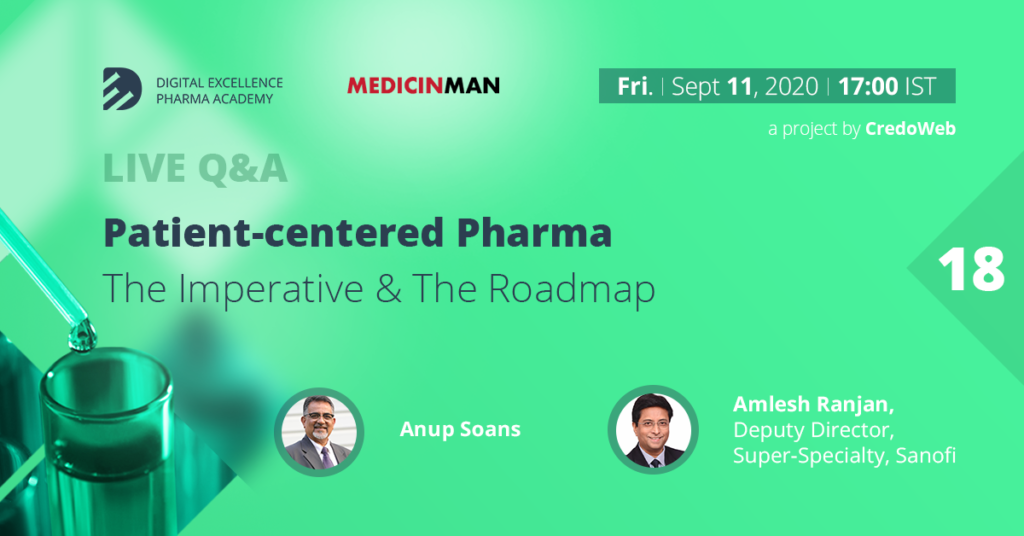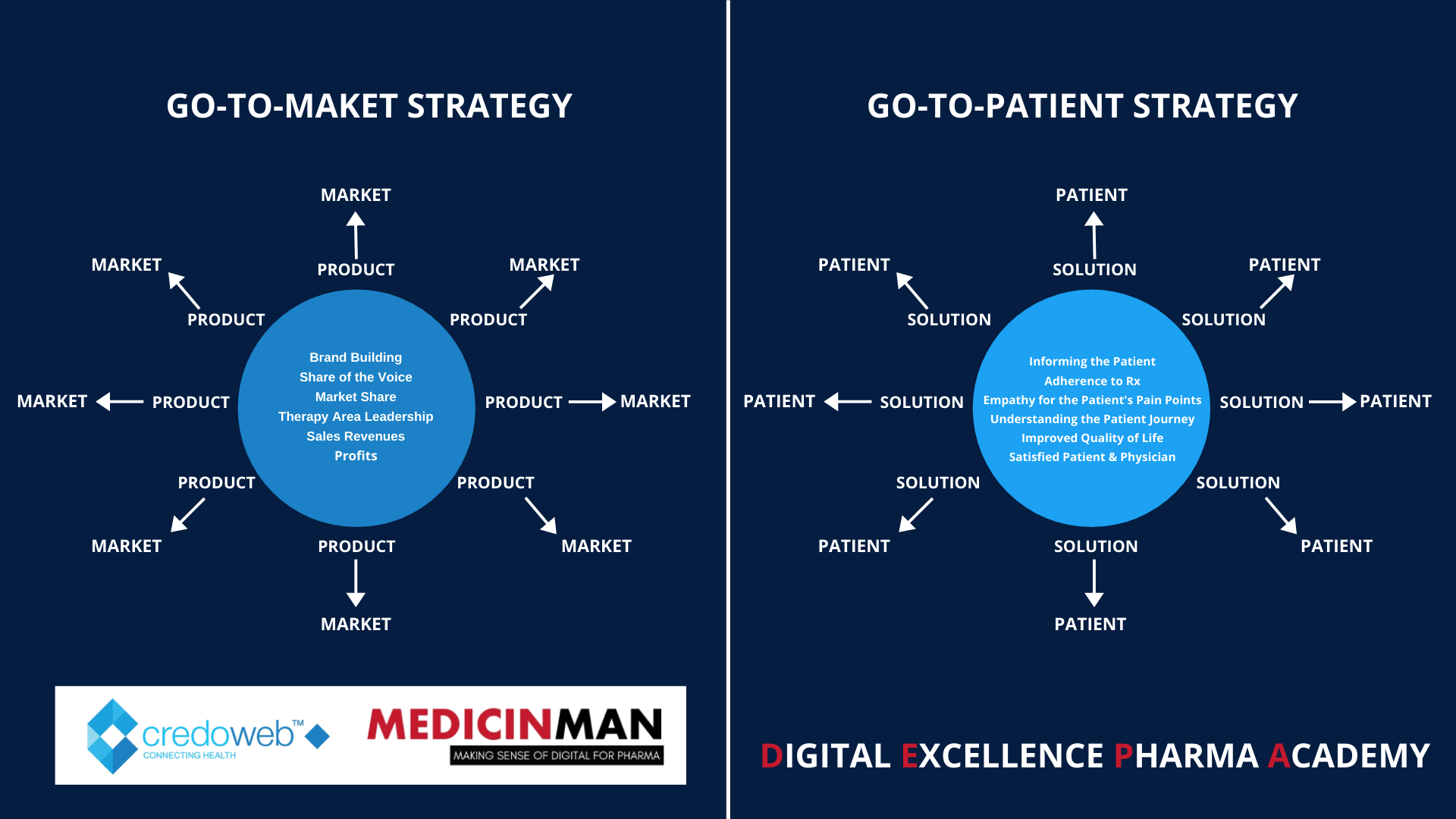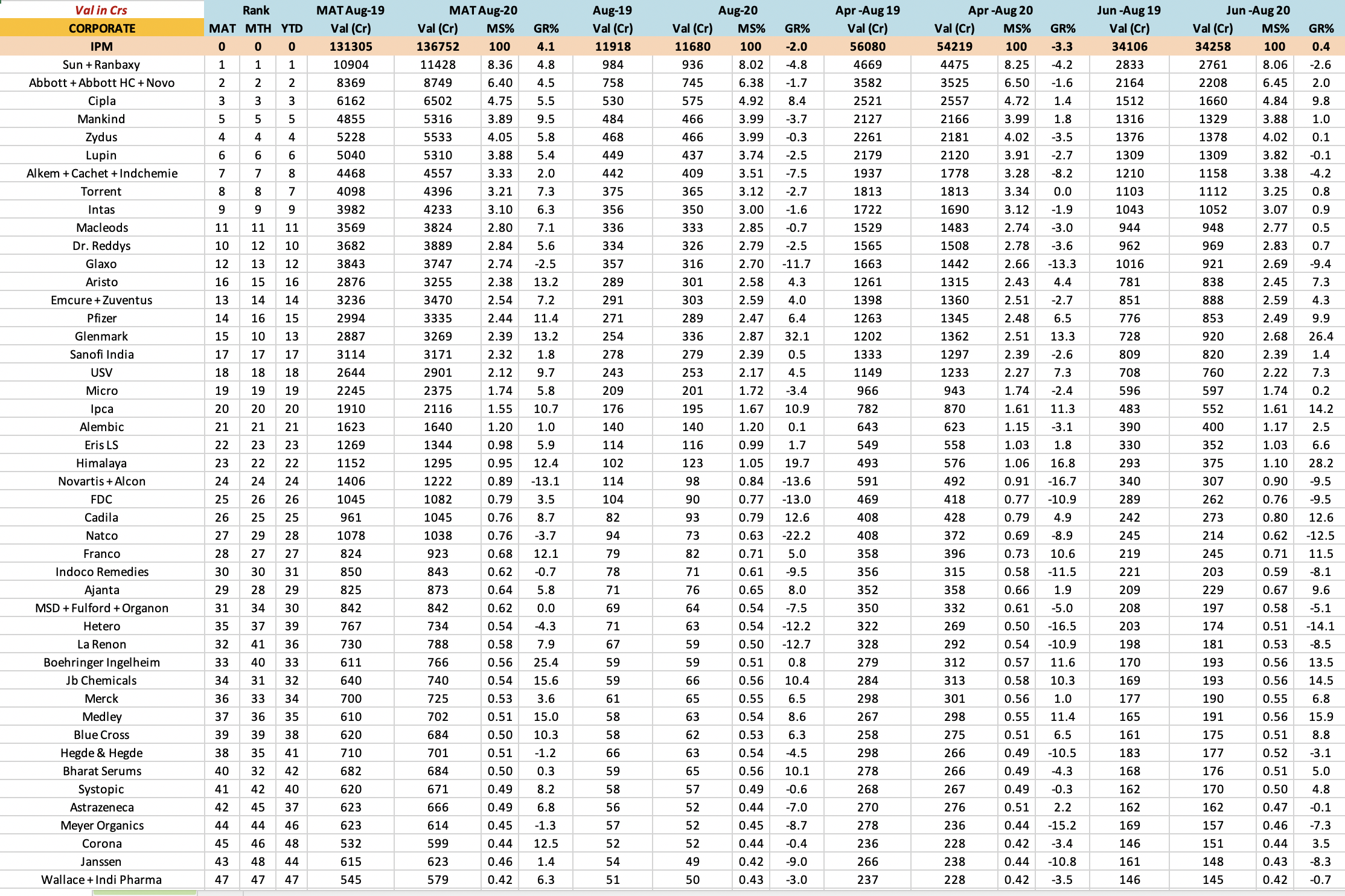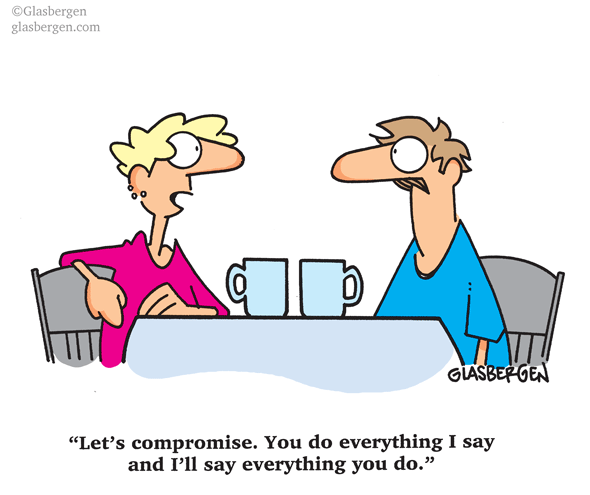“Patient centricity is something you see in CEO messages but rarely in action”. I thought I had stuck my head into a beehive at a recent event, but surprisingly, I was stung not by bees but by the fact that the audience agreed with my statement. A thought that was intended to provoke thinking and challenge, was accepted as a matter-of-fact by the assembled group of industry executives and students of the college. Is pharma really not patient-centric or do we confuse patient centricity with something else?
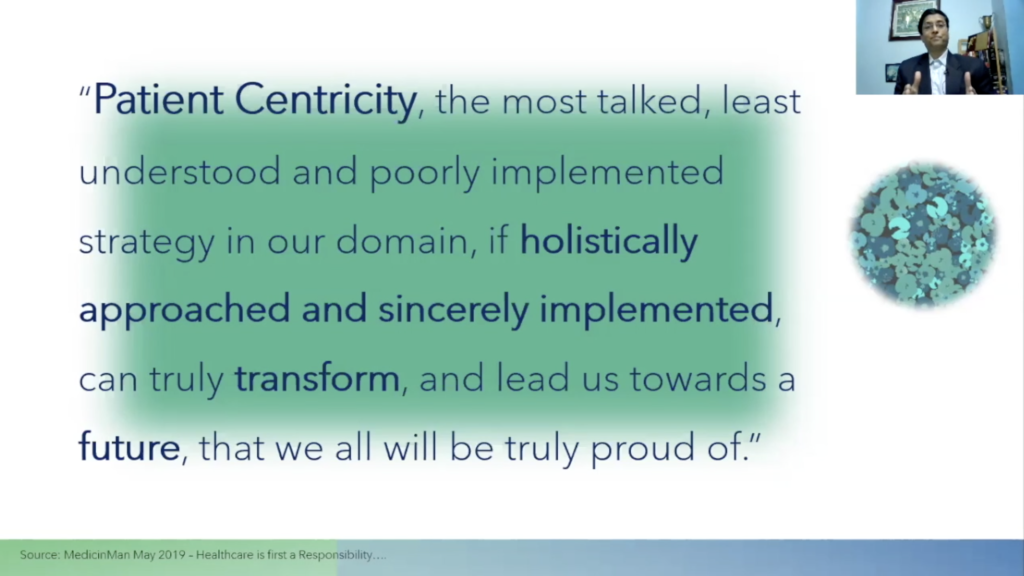
Patient centricity is empowering the patient to choose as (s)he desires
Patient centricity is not about how you can take your brand to the patient. It’s neither about engaging the patient, nor about compliance. Generally these are the three angles on which pharma thinks. Hence we see a slew of patient awareness leaflets, patient engagement/assistance programs and compliance enhancers and tips from pharma companies. I’m not saying that these tactics are unimportant. I’m just saying it’s not patient centric.
Patient centricity is often easily confused with engagement and compliance. Engagement is defined as “actions individuals must take to obtain the greatest benefit from the health care services available to them.” Compliance is following the orders of your doctor diligently. This makes engagement and compliance patient oriented but not patient centric.
Patient centricity is slightly different and has been defined as ’a dynamic process through which the patient regulates the flow of information to and from him/her via multiple pathways to exercise choices consistent with his/her preferences, values, and beliefs. This fundamentally transformative concept affects how health care decisions are made and who has the authority to make them.’
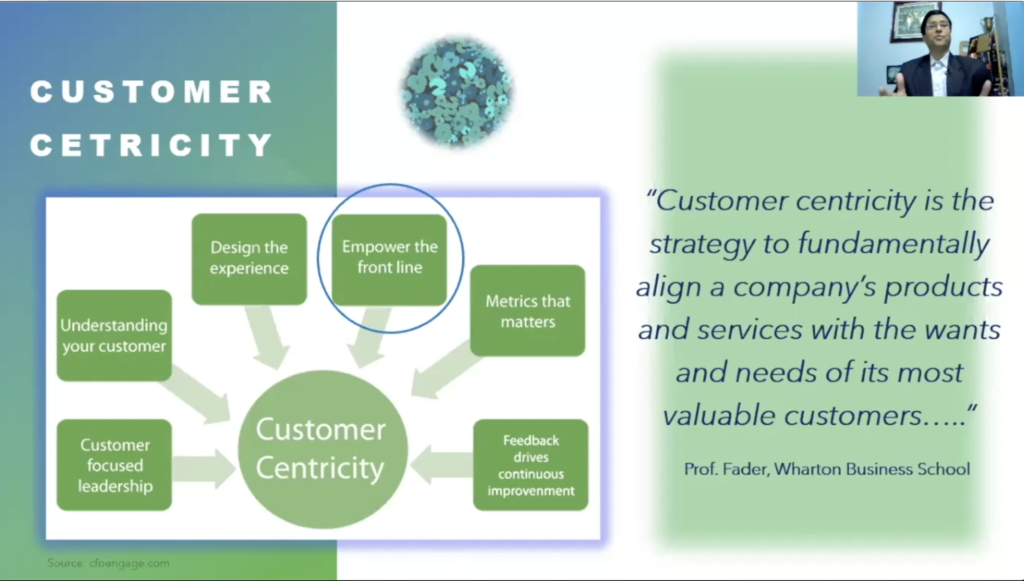
To me, patient centricity is as fascinating a concept as it is contradictory. It is fascinating because it puts power into the hands of the patient. And it is contradictory because pharma does not like giving away power over its messages or processes. Pharma has traditionally never enjoyed interaction and has depended on ‘pushing’ messages across rather than having ‘conversations’. It probably also explains why we make do with medical reps who are not the sharpest knives in the drawer and scarcely invest in sharpening them.
Asymmetry of information is a barrier to becoming patient centric
Healthcare is an industry characterized by an asymmetry of information, which means that the seller knows a lot more about the product than the buyer. While this is often used as a statement to instill a sense of pride in sales reps (“no one knows as much about your product as you do”), it can also mean that the consumer does not have enough information to make an informed decision. And when he doesn’t, he decides on the only thing that he can use to compare, which is the price of one product versus another.
This can dramatically change in the information age when the internet allows access to information to almost anyone. Availability of information suddenly allows patients (consumers) to participate in decisions about their health. Can you imagine how valuable this can be in a self-pay market? If price sensitivity of consumers is pharma’s greatest challenge, why can’t pharma think seriously about patient centricity which can create transparency and trust in a consumer about a company and its products and services? Won’t services that create such trust in consumers empower them more? Won’t such empowerment make them advocates of pharma’s products?
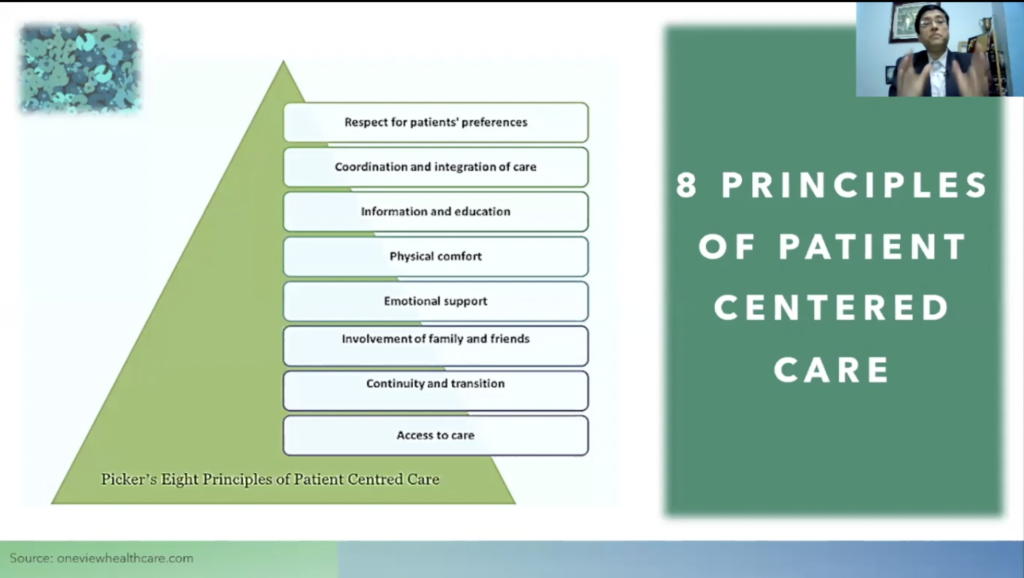
The issue is that pharma rarely thinks beyond the doctor. We route every single piece of information through the doctor. At the conference as I spoke about how the ubiquitous internet allows us to make information available directly to consumers, I realized that the word DTC is taboo. It is so because pharma only thinks of pushing brand messages to everyone it addresses. This, while study after study shows that consumers trust branded messages lesser than credible third-party alternatives. It would be funny if it wasn’t ironical that pharma seems blissfully unaware that it ranks somewhere between Big Arms (weapons manufacturers) and Big Tobacco (cigarette manufacturers) on trust and credibility! Despite this, we continue to talk about creating trust and transparency for our stakeholders.
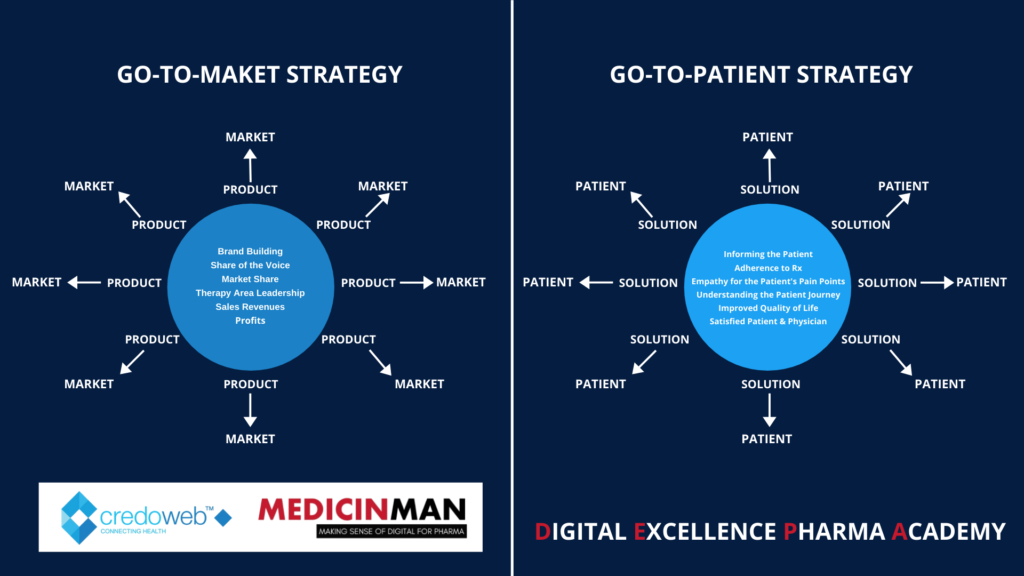
Opportunities for services to build trust and loyalty
How about putting our money where our mouth is for a change? How about telling consumers exactly what they want to know. How about listening and conversing with them and not merely pushing our products? How about building long-lasting relationships through services that they value rather than through branded messages which they don’t? In the connected world where every person and thing is connected to the Net, consumers tell us so much about themselves every single day. What they’re doing and eating. Where they’re visiting? When and how well they’re sleeping. What issues they have with raising children. What stress they go through. Etc. Etc. How about active social listening? That would not break any privacy data laws. Over years and through assiduous collation of such data from the public domain, trends begin to emerge. That is when health becomes predictable.
If health could become predictable through Big Data tools and analytics and we have a consumer group that considers participating in health care as very important, isn’t it a perfect match? Pharma would probably not consider it important since it wouldn’t relate to immediate product sales. But isn’t a sustained relationship with a trusting and loyal consumer group what every company in the world seeks? Why then do we concern ourselves with only selling our products? Why are relationships with consumers unimportant to us? I speak about patients who are the end consumers of our products. Sending discount coupons or the occasional disease awareness leaflet to an aware and empowered consumer is more an insult to their intelligence than a service.
Building sustainable relationships with them is definitely possible. But not when we only view them as buyers of our products. It can only happen when we consider our product sales as a by-product of our relationship and not its objective. Our objective must be to serve as a ‘go-to destination’ for their health needs. Until then, we will only see patient-centricity as an ethereal, futuristic and impractical inclusion in CEO speeches, but rarely in action.
Editor’s Note: Incredibly, this article was written by Salil Kallianpur in February 2015.
To Know More about Patient Centered Pharma, watch Digital Excellence Pharma Academy, webinar and Q & A with Sudip Chakraborty, Sanjiv Navangul and Amlesh Ranjan on www.credoweb.in
